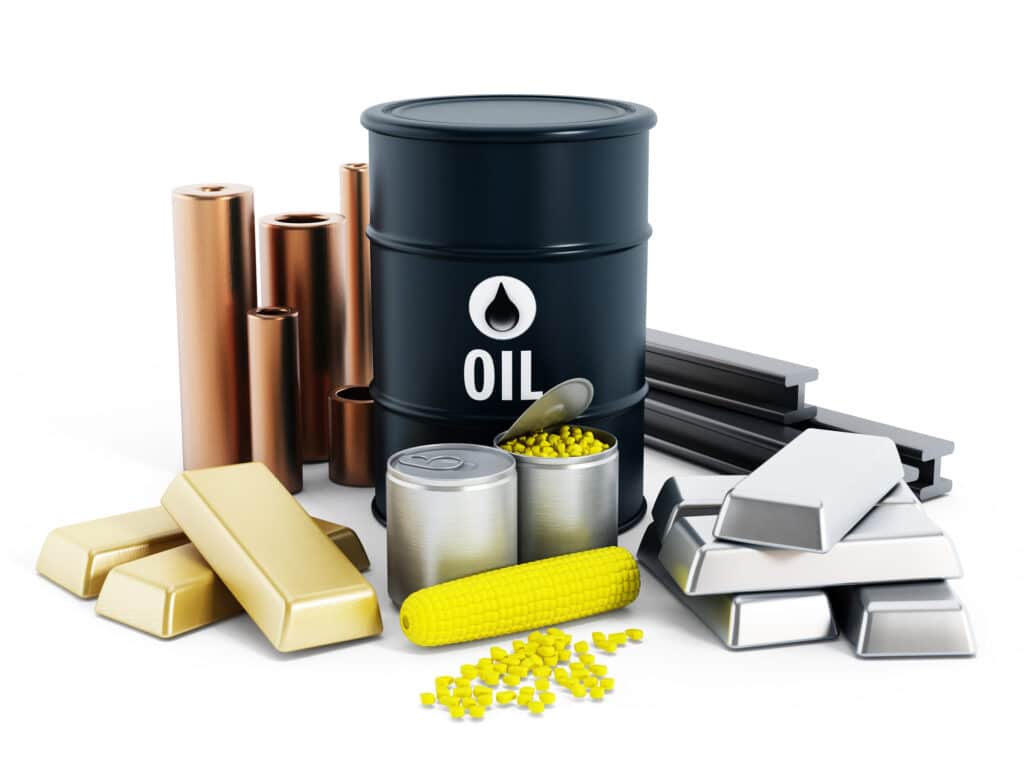

Tariffs, trade realignments and macro uncertainty have redrawn the commodities map. At SGX Commodities Day in London, market participants converged on a central question: where is real price discovery, liquidity and risk transfer happening when the ground keeps shifting?
U.S exceptionalism – peaking or resetting?
U.S. exceptionalism has dominated performance tables, contributing 40% of global GDP growth over the last four years and accounting for 75% of global equities market capitalisation, despite representing just 27% of global GDP. That strength, however, is beginning to normalise as the U.S. economy adjusts to shifting trade conditions and higher interest rates.
Ahead of the “Liberation Day” tariffs announced in April 2025, many U.S. firms built up inventories in anticipation of potential supply-chain adjustments. Since then, the pass-through of tariff costs to consumers has contributed to a more complex inflation picture, with goods inflation rising modestly while services inflation eased.
Labour market data points to a gradual cooling rather than a contraction, with monthly job creation slowing to around 50,000 and isolated negative prints observed for the first time since the pandemic. Auto-loan delinquencies have increased, while housing activity remains subdued, reflecting tighter financial conditions.
Even so, AI-related investment and spending continue to support growth. The prevailing view is that the U.S. may experience a short-term moderation rather than a broad-based recession. The stronger U.S dollar – still the anchor of commodity pricing – could in turn lift competitiveness for emerging market suppliers, prompting what some are wryly referring to as MREWGA, i.e. ‘making the rest of the world great again.’
India steps into the demand gap
India’s growth hit an inflection point in 2022, especially in metals. Copper demand has surged as many young people enter the labour force and drive industrial expansion. One third of India is urbanised today, and that is projected to reach 51% by 2050. Underlying oil demand in India already rivals China.
India was a net importer of steel in the third quarter of this year, which was an important support for prices. Indian steel mills are currently relatively small but the country is expected to become a net importer of iron ore with domestic production impacting global prices by 2028, a shift with global pricing implications.
India’s rise is more than a growth story. It is redrawing the trading clock. As Asian demand shapes global benchmarks, liquidity is increasingly migrating to markets that operate in the region’s time zone.
Asia’s trading sets the tone
Commodities trading begins in Asia and reference prices set on SGX are increasingly used worldwide. The 5.30 p.m. Singapore settlement window is now the most active of the day as London desks use it as forward marker and US desks use the price as a real-time reference during active trading hours, enabling them to better align with Asian flows. With increased interest in index investing and to serve overlapping sessions, SGX added an 11 p.m. reference price in Singapore time, linking regional fundamentals with global liquidity.
“Commodities remain an intensely connected global market. Price shocks in one region ripple across others almost instantly,” said Tan Tee Yong, Head of Commodity Derivatives, SGX Group. He added: “In such an environment, market participants need to price, hedge and manage risk with precision and speed. That’s why having transparent, centrally cleared benchmarks in Asia’s time zone matters, they anchor confidence across the global trading day.”
Performance of iron ore, the world’s most traded dry bulk commodity, remains highly correlated with the Chinese economy. Iron ore is China’s single most important import and a bellwether for Asia’s economy. As such, SGX iron ore contracts have become an increasingly global product with interest from financial market participants and approximately 31% of trading volume comes from Europe and the U.S. as the market is traded as an asset class in its own right. SGX iron ore contracts today trade at multiples of the seaborne physical market, giving investors a benchmark on par with oil.
Petrochemicals are following a similar trajectory. Benzene, paraxylene and methanol flows, sensitive to freight costs and China’s export cycles, are giving traders early signals on margins and competitiveness, often before Europe reacts.
In freight, roughly one third of trading volumes now come from financial players expressing macro views on trade policies while leveraging freight’s low correlation with other asset classes for portfolio diversification purposes. Disruptions such as those in the Red Sea and droughts affecting the Panama Canal have injected volatility and pushed up voyage prices. These effects were further intensified by U.S. tariffs and Chinese port charges, adding layers of uncertainty for the shipping industry.
The result: heavier hedging and higher derivatives activities across SGX’s steel, freight and virtual-vehicle complexes, as traders manage global macro risk through commodities exposure.
SGX’s September data underscores Asia’s rising role in shaping global market benchmarks. Derivatives trading climbed 6% year-on-year to 30.6 million contracts, with commodities leading the charge. Overall commodity derivatives volume hit a record 5.4 million contracts, up 77% year-on-year, driven by iron ore futures surging 85% and strong gains across freight, petrochemicals, and rubber. This broad-based momentum signals that global investors are increasingly looking to Asia—not just for regional cues, but for benchmarks that influence the pace of international markets.





